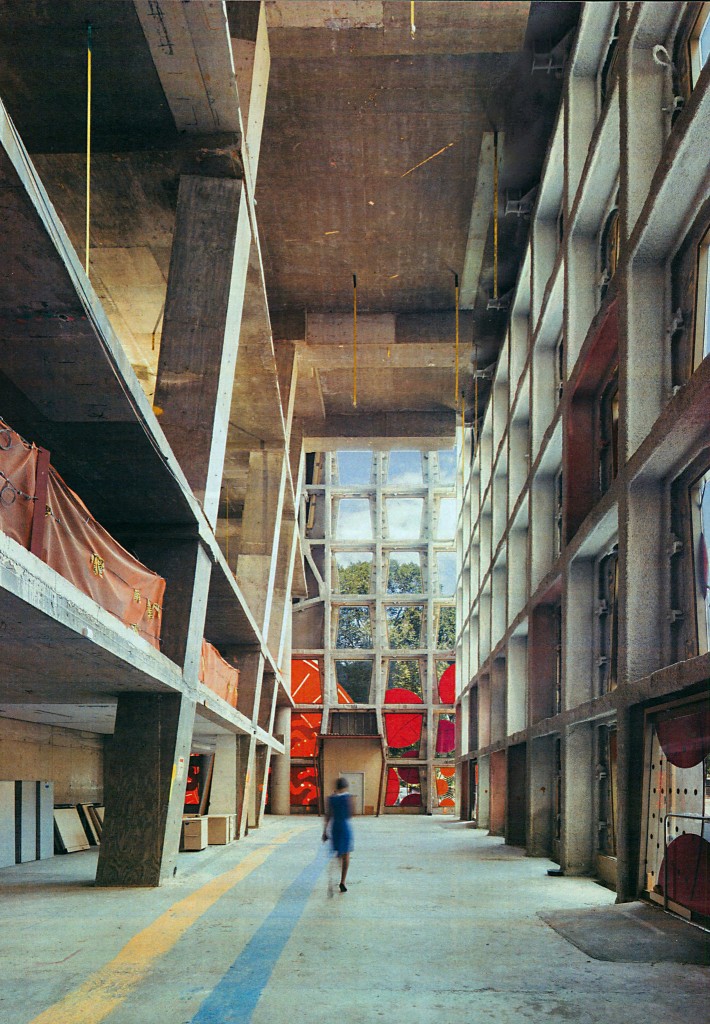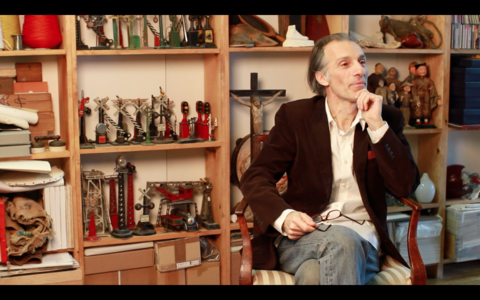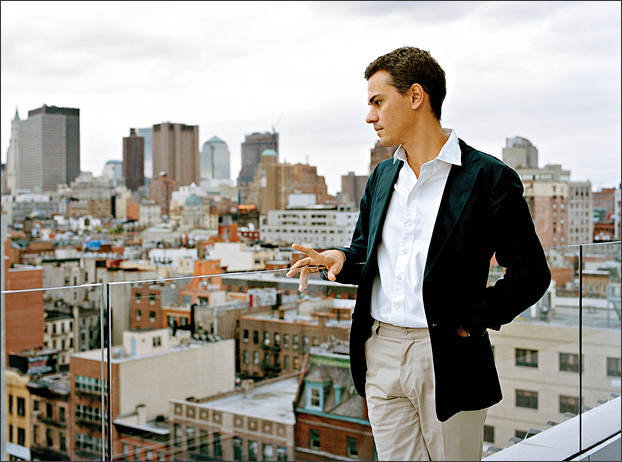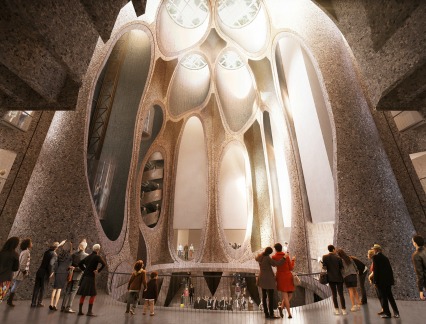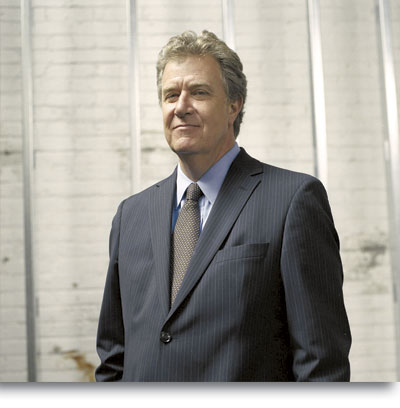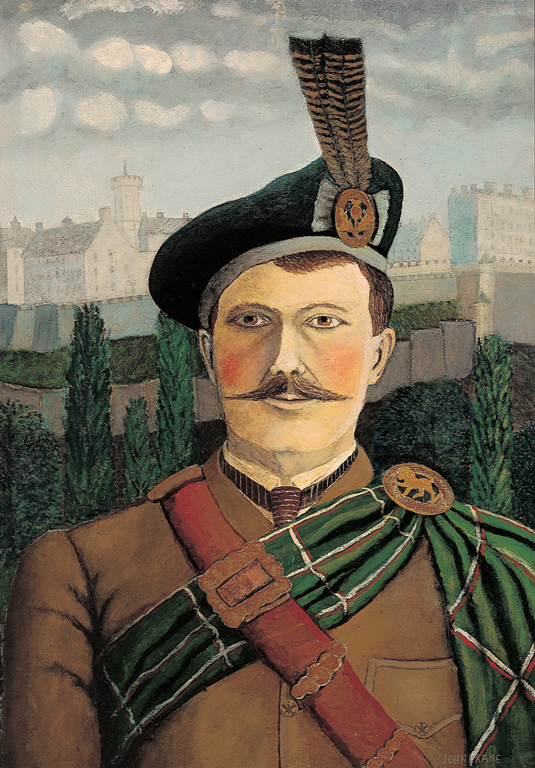There was alarming news in the article in Wednesday’s New York Times about the Museum for African Art here in NYC, and it wasn’t ab0ut the shrinking of the building or even the gallery space. It was about the shrinking of the board — to six people! That is way too small for a non-profit, where aside from choosing the leader/director, raising money — get or give — is one of its most important functions.
The number of trustees — who usually are expected to provide an overwhelming majority of contributions — has shrunk to six from 24. Mr. [Phil] Conte [the chief financial officer] said the board decided having fewer people would be more efficient. Two of them are the children of the Sudanese-born philanthropist Mo Ibrahim, including the co-chairwoman, Hadeel Ibrahim. A third is a new recruit, Chelsea Clinton, vice president of the Clinton Foundation, which is involved in several philanthropic projects in Africa.
Two others on the list, Jane Frank Katcher and Ian Bruce Eichler, are holders, and Ashish Thakkar seems to be new.
I don’t for a minute believe the “efficiency” argument. Perhaps those who left — resigned or pushed out, we don’t quite know all of the dynamics — hadn’t been giving or didn’t have the capacity to give more. Perhaps they disagreed with the new strategy. The article continued:
The reconstituted board has pledged $9 million toward the building’s completion, Mr. Conte said, adding that he is optimistic that the remaining $11 million will be raised by October.
I’d like to know the breakdown.
But in any case, six people are too small a number of trustees for an organization whose FY 2011 budget, according to the 990 posted on Guidestar, was more than $4 million.
Another alarming point in the article: “…the museum had to write off nearly $5 million in uncollected pledges in the fiscal year ending June 2013.” That’s a large number for renegs in one year. Did the pledgers reneg because they didn’t like the new mission, as “The Africa Center” or because they didn’t believe that the numbers worked either way.
So many questions, so few complete answers. I would not advise giving money until I knew the answers.
Photo Credit: the unfinished lobby of the museum, Courtesy of The Africa Center via the NYTimes

